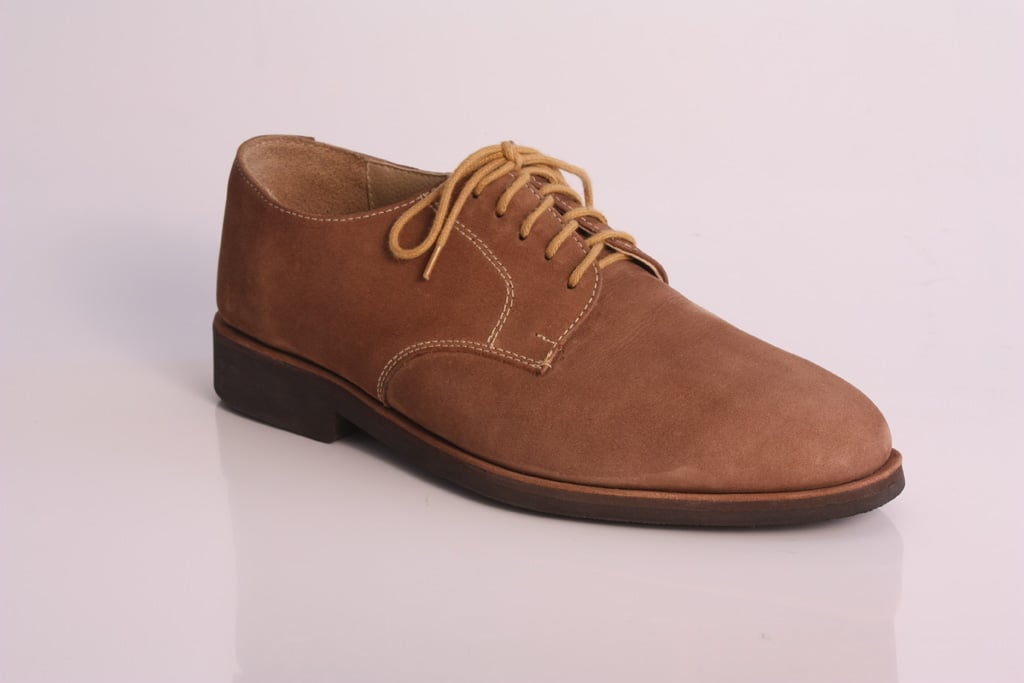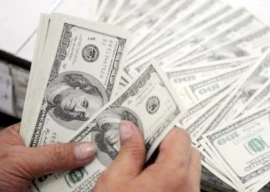
The footwear industry of Pakistan is looking for space where it can strengthen its footprint in global markets to grab a greater share of exports from its competitors.
Their demand is increasing, especially after the establishment of the Italy-Pakistan Footwear Technological Centre last year.
Greater access to technology, which the industry under the banner of the Pakistan Footwear Manufacturers Association (PFMA) has attained, is one of the primary reasons why the stakeholders are now urging the government to formulate a policy for this industry.
According to PFMA, there are about 80,000 plus shoemaking factories in Pakistan. However, the country only has 10 mechanised medium units, which produce more than 5,000 pairs per day.
Apart from that, there are 150 mechanised small units, producing 2,000-5,000 pairs per day and 5000 semi-mechanised units which are producing up to 2,000 pairs per day. Rest of the manufacturers, around 75,000, come under cottage industry, which highlights the need for mechanisation in this industry to increase production volumes.
Read: Footwear firm raises Rs2.17b through IPO
These figures suggest that 20% of footwear industry is operating under the organised sector in Pakistan. Cottage industry caters to the domestic demand whereas organised industry has the potential to explore global markets.
PFMA stated that currently Pakistan is producing 411 million pairs of shoes and is consuming the same quantity.
Currently, 24 million pairs of shoes are being imported every year while 11 million pairs are being exported to leading European countries.
According to APICCAPS, a Portugal-based association, Pakistan ranks at number seven in footwear producing countries in the world. Pakistan is currently exporting 2.6% of its production and has a share of only 0.1% in the global footwear export market, which currently stands at $142 billion.
Since Pakistan is one of the biggest leather producing countries in the world, the sector believes that this could be a source of inspiration to further boost quality footwear productions for both local and export markets; nevertheless, it cannot be done without the consent of the government.
PFMA said that the industry requires government support in many aspects. For instance, formulating footwear policy to promote SMEs and creating employment opportunities, financial support to conduct exhibitions for local manufacturers and SMEs to extend their market and recognition at local and international level.
There is also a need for improvement and development of skills which may be done through courses and training of the labour and designers.
Read more: Footwear sector demands incentives
Moreover, the footwear industry needs recognition as an independent sector. High cost in footwear production is a major hindrance for manufacturers and also for the products to generate more revenues.
It also makes products less competitive in the global market; hence the federal government needs to intervene.
The local footwear body added that customs and regulatory duty on import of raw materials for the production of shoes should be reduced.
Moreover, withdrawal of additional customs duties on imported raw materials used in the production of export-oriented products by this industry would be an accommodating step.
PFMA stated that other supportive decisions by the government could be related to a special discount on electricity, zero sales tax on the purchase of footwear machinery along with an export rebate enhancement facility.
“These steps would eventually boost footwear exports and generate more foreign exchange for Pakistan, it will create a win-win situation by creating more employment opportunities for locals and increase the industry’s share in global footwear export markets,” PFMA added.
Published in The Express Tribune, April 25th, 2021.
Like Business on Facebook, follow @TribuneBiz on Twitter to stay informed and join in the conversation.

1672385156-0/Andrew-Tate-(1)1672385156-0-405x300.webp)




















COMMENTS
Comments are moderated and generally will be posted if they are on-topic and not abusive.
For more information, please see our Comments FAQ